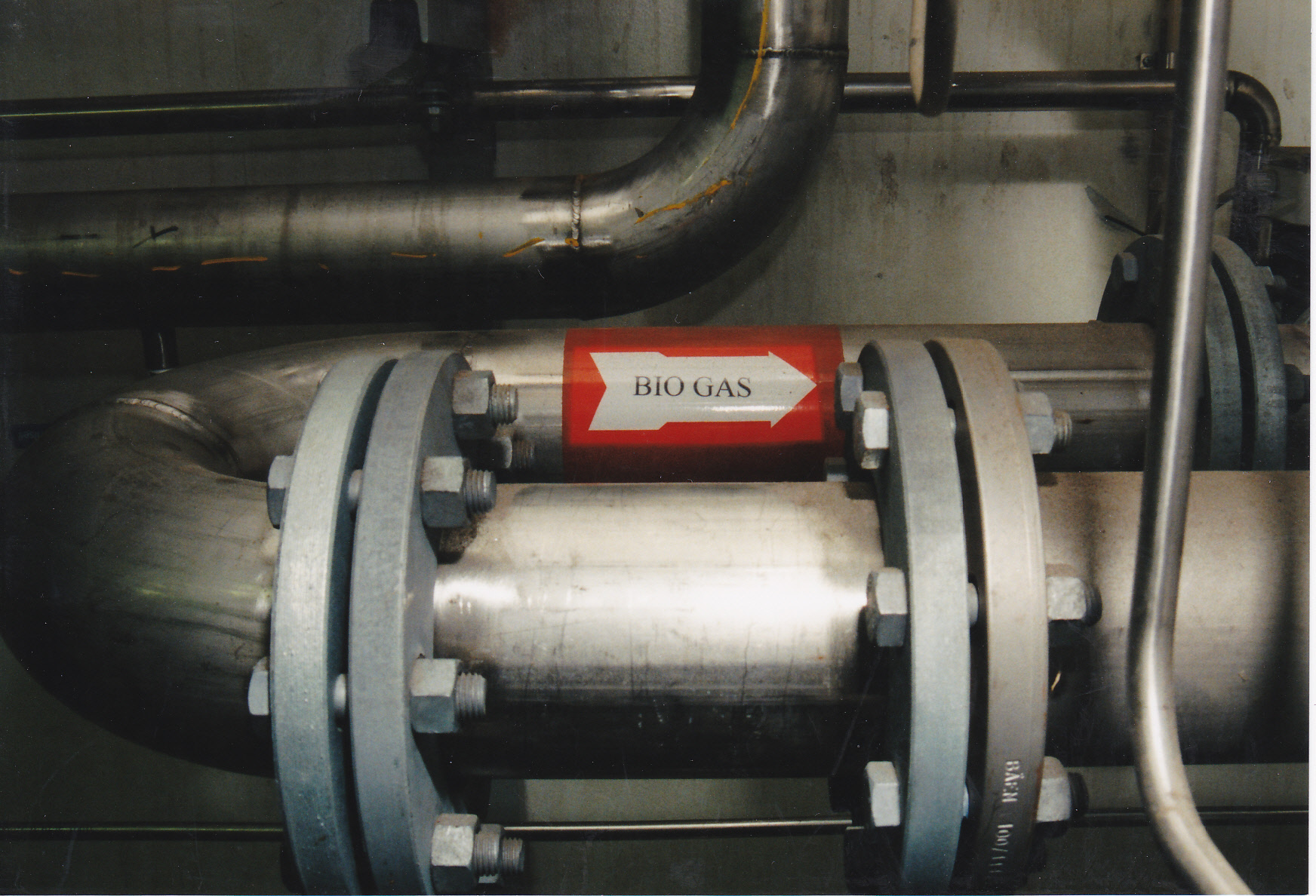The Environmental Commissioner of Ontario (ECO) recently made a very helpful public service announcement for the water technology sector. Her report, Every Drop Counts, included a chapter that clearly outlined the opportunity for energy neutral or energy positive sewage treatment—generating biogas from the treatment of wastewater biosolids. The ECO report helps to fill a gap in public understanding of the role that the water technology sector can play in meeting the ambitious provincial goals for greenhouse gas reduction.
Energy from Sewage, Chapter 8 of the report, noted the important opportunity afforded by the use of a process called anaerobic digestion (AD) in treating wastewater. AD gives treatment plants the ability to capture methane gas for reuse in fueling their fleet, for production of electricity, or for cleanup and incorporation into the gas supply as renewable natural gas (RNG). AD is also the key to taking a more integrated approach to managing wastewater biosolids and other organics, such as green bin waste and agricultural by-products.

We have companies based in Ontario that are among the leaders in this field, not only in AD, but in complementary technologies and control systems, for example.
The province’s current policy direction, including the Climate Change Action Plan (driving solutions for greenhouse gas reduction), the Organics Action Plan, and its circular economy focus—as well as enabling factors like the proposed regulation requiring Asset Management Planning by municipalities and the proposal to require a minimum RNG content in the gas supply—all favour a push to generate maximum value from wastewater biosolids and other organics in the province.
However, we’re starting from a very small base of capacity for AD. As the ECO noted, “Most Ontario wastewater treatment plants do not use anaerobic digestion. Of those that do, the majority flare (and thus waste) at least some of the energy. To achieve Ontario’s goal of reducing greenhouse gas emissions, anaerobic digestion and energy recovery should become standard at wastewater treatment plants whenever practical.”
The Southern Ontario Water Consortium (SOWC) provided support for a recent report by Wayne Parker and Jin Chao of University of Waterloo. The report started with a compilation of data about sludge management practices and the disposition of biosolids from all wastewater treatment plants in Ontario.
There is currently no central tracking of this information. We can’t tell how much of the residual waste from biosolids ends up in landfills in the province, for example, the research showed 55 plants indicate at least some goes to landfill. Only 77 plants (out of 486 total) currently use anaerobic digestion. Only 16 per cent (78 of 486 plants) used a separate thickening process before stabilization, which is a basic step for enhancing treatment.
The report also reviewed emerging technologies for incorporation into wastewater treatment to drive more value generation, including energy recovery and nutrient recovery for land application. And it summarized the drivers that municipalities are facing that will exert pressure for enhanced capacity, including: expectations to reduce GHG emissions and recover resources, changing population densities, changes in landfill regulations, anticipated more stringent regulations on wastewater discharges, and the reality that most treatment plants in Ontario are small systems that need different kinds of solutions.

The opportunity has never been greater to help Ontario municipalities meet these needs in cost-effective, sustainable and innovative ways.
Municipal solid waste managers are working to recover resources and keep waste out of landfills. Municipal wastewater managers are working to ensure adequate treatment, and increasingly, they are considering how to maximize resource recovery (nutrients, water, and energy.) Both can be managed in an integrated way and add up to an opportunity to implement solutions that drive better environmental outcomes, including significantly reducing GHG emissions, providing potential long-term cost benefits, driving the adoption of innovative Ontario-based technologies, and enabling sustainable (and financially viable) systems.
With a huge investment in infrastructure by the federal and provincial governments pending, and new funding programs for projects that mitigate GHG emissions, there is also a financial stimulus for these approaches. We need to target this funding to municipalities in order to get the most out of existing infrastructure through optimization, then look at strategic investments that will give them the highest value return and meet broader long-term social and policy objectives. And we need to help municipalities with considering the new kinds of financial arrangements that are emerging, such as revenue-sharing from RNG production.
SOWC has created a working group to help drive this opportunity. Building on the technology development work by Ontario companies and academic experts supported through our Advancing Water Technologies (AWT) program, we’re looking for ways to drive adoption of innovative approaches and technologies. This niche of value generation from biosolids–minimizing volume, recovering resources, and unlocking energy potential–is a huge area of strength for the province.
The Working Group is helping SOWC leverage this strength, through engaging experts, planning strategic events, and supporting some baseline research to understand current biosolids treatment and disposition practices by Ontario municipalities and opportunities for innovation.














Hi dear
Can you please share the soft copy of the report Every Drop Counts
Further if the wastewater includes all types of pollutants like industrial, domestic, agricultural, street runoff, then is there bio-remediation methods which can be used in flowing drains to make the wastewater suitable for irrigation. Here in Pakistan we have a lot of potential of wastewater which is causing land and groundwater degradation. If we wan to work jointly with some Canadian Organization is there any potential and possibility
thanks
Hi Hassan, Great to gain your perspective from Pakistan. The Every Drop Counts report can be found on the ECO website: https://eco.on.ca/reports/2017-every-drop-counts/
To identify collaborative partners, I would encourage you to join us at the 9th annual Canadian Water Summit, June 20-22 in Vancouver. watersummit.ca